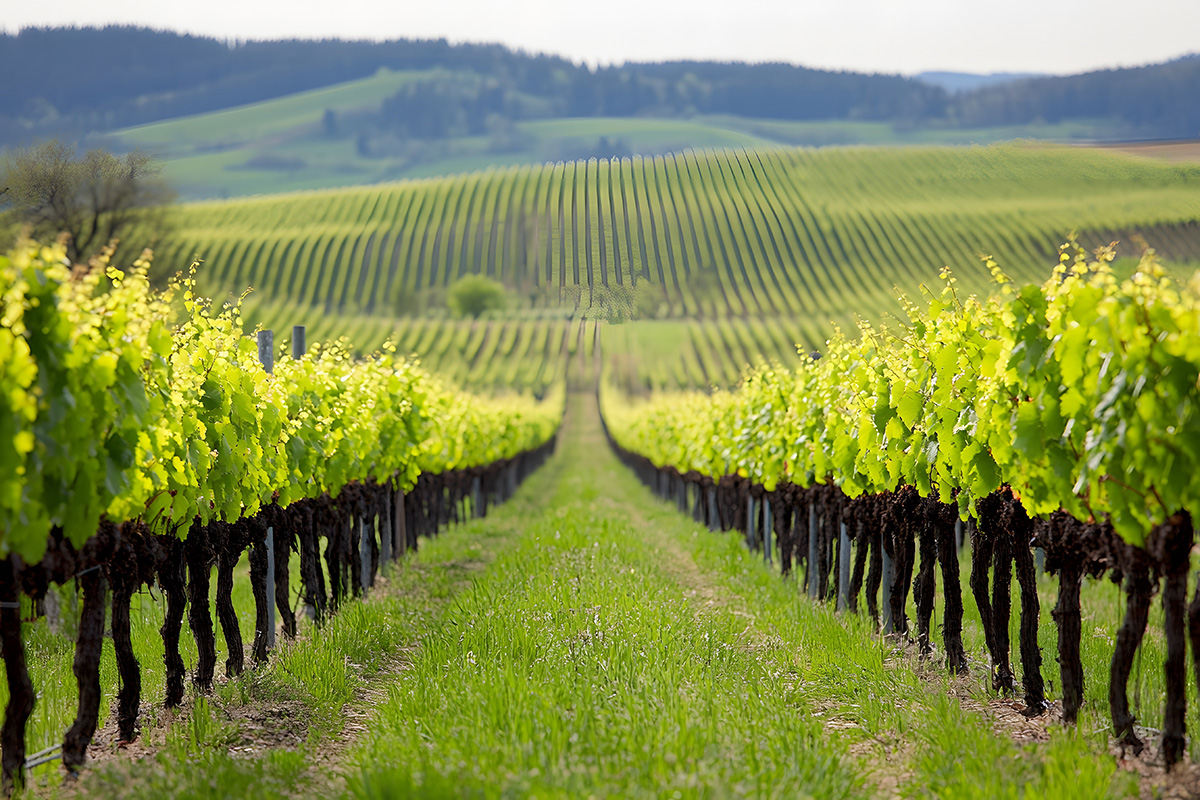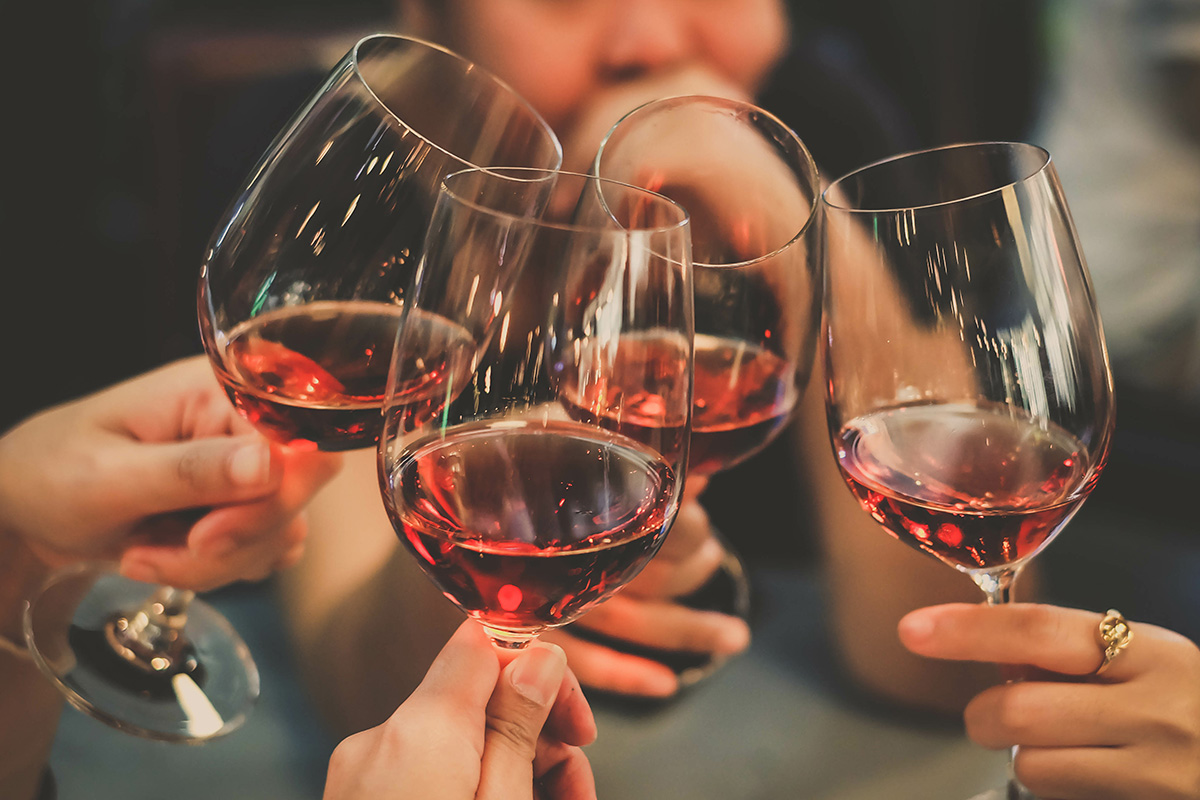


Within the wine industry, there has been an emergence of private environmental standards, self-affirmed ‘natural’ claims, as well as the French Ministry for Agriculture and the French Fraud Control Office’s new ‘vin méthode nature’. In all cases, there is a desire to get back to more simplistic wine production. Using more art and flexibility with what nature yields as opposed to additives and chemicals to achieve a desired flavor profile match. Clean Label Project Natural certification provides two levels of certification for wine brands electing to have a third party evaluation of ‘natural.’ Clean Label Project Natural Wine Certification captures traditional natural wine best practices including but not limited to the exclusive use of organic grapes, indigenous yeasts, and minimal additives. Clean Label Project Natural Path Certification utilizes elements of traditional natural wine production while allowing for some modern wine production techniques including but not limited to the exclusive use of certified organic or Clean Label Project Pesticide- Free certified grapes, allowance of minimal cultured bacteria, and minimal use of added sulfites for shelf-life.
Consistent with other Clean Label Project Codes of Practice, Natural Wine Certification follows many of Clean Label Project’s consumer focused best-practices including unannounced sampling, unannounced testing, and unique to this program, unannounced audits. The Clean Label Project Code of Practice: Natural Wine requires brands to proactively disclose which level of certification they are seeking for each product- Natural or Natural Path. This dictates the unique requirements and given the use of affidavits for some compliance parameters, Clean Label Project utilizes the element of surprise in the form of unannounced audits to ensure that brands stay true to Clean Label Project Code of Practice Natural Wine requirements.
Reach out to Clean Label Project and its Technical Administrator to get a non-disclosure agreement and application materials. We’ll schedule a call to discuss your brand, product portfolio, and current quality assurance and control initiatives.
After the product scope is identified, the Clean Label Project Technical Administrator will review the responses to the Clean Label Project Code of Practice: Natural Wine application and supporting documentation. After satisfactory review, the Technical Administrator will grant preliminary certification.
When products are released into the marketplace, the Clean Label Project Technical Administrator will use unannounced sampling and testing to confirm that the brand continues to comply with the Natural Wine Code of Practice.
Part of the application process is to disclose when the Natural Wine products are scheduled to be produced. The Clean Label Project Technical Administrator will conduct an unannounced audit to confirm that what was represented on paper during the application and compliance evaluation process is what is truly done in practice. Upon satisfactory completion of unannounced sampling, testing, and the unannounced audit, annual certification is granted.
Clean Label Project will work with brands on the marketing of certification to both consumers and retailers. If a brand elects to add additional products to its portfolio, they will be reviewed for compliance. The Clean Label Project Code of Practice: Natural Wine Certification is an annual certification process.
If a product is found to be non-compliant, adverse action policies are outlined in the applicable Clean Label Project Code of Practice.